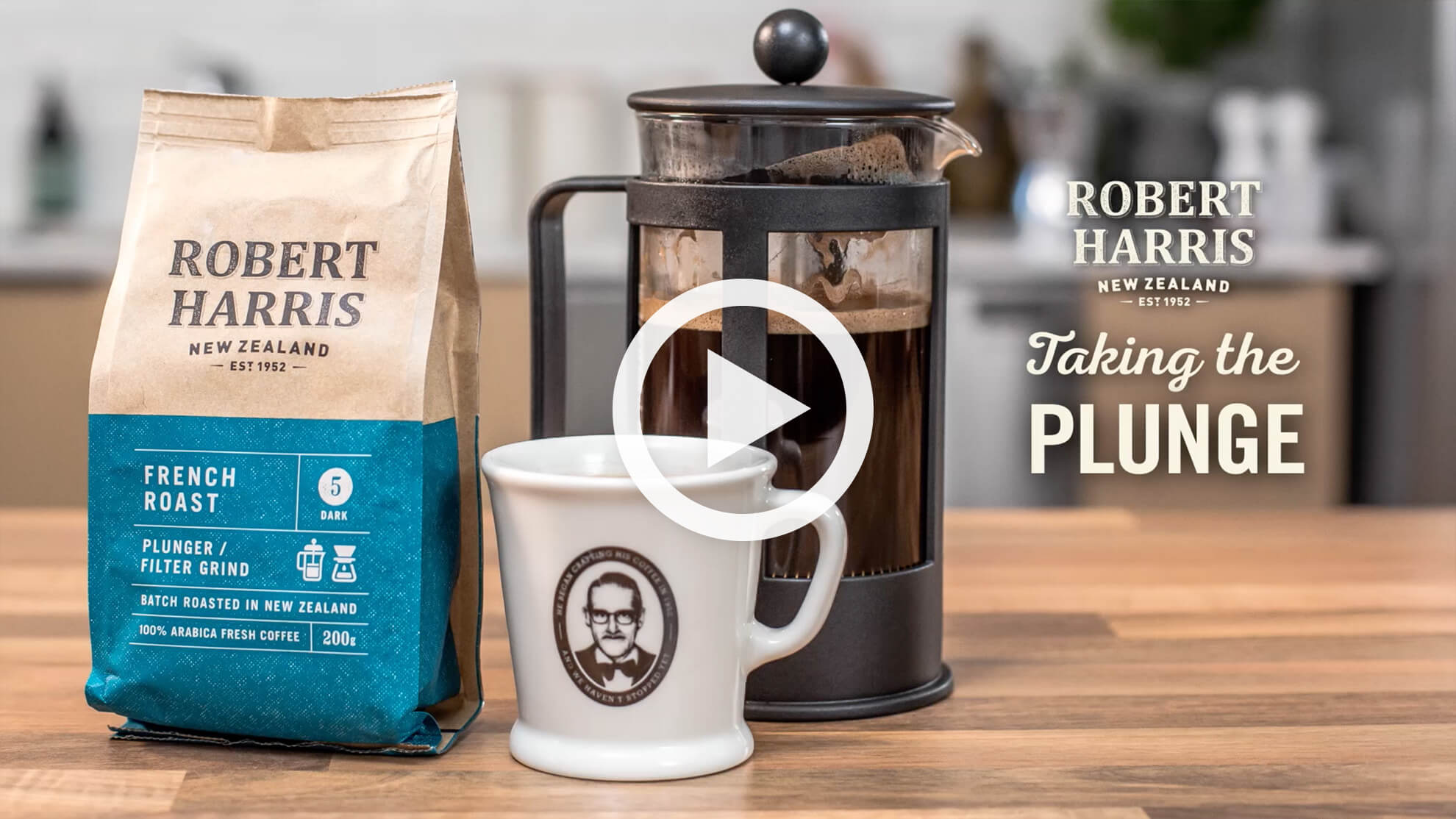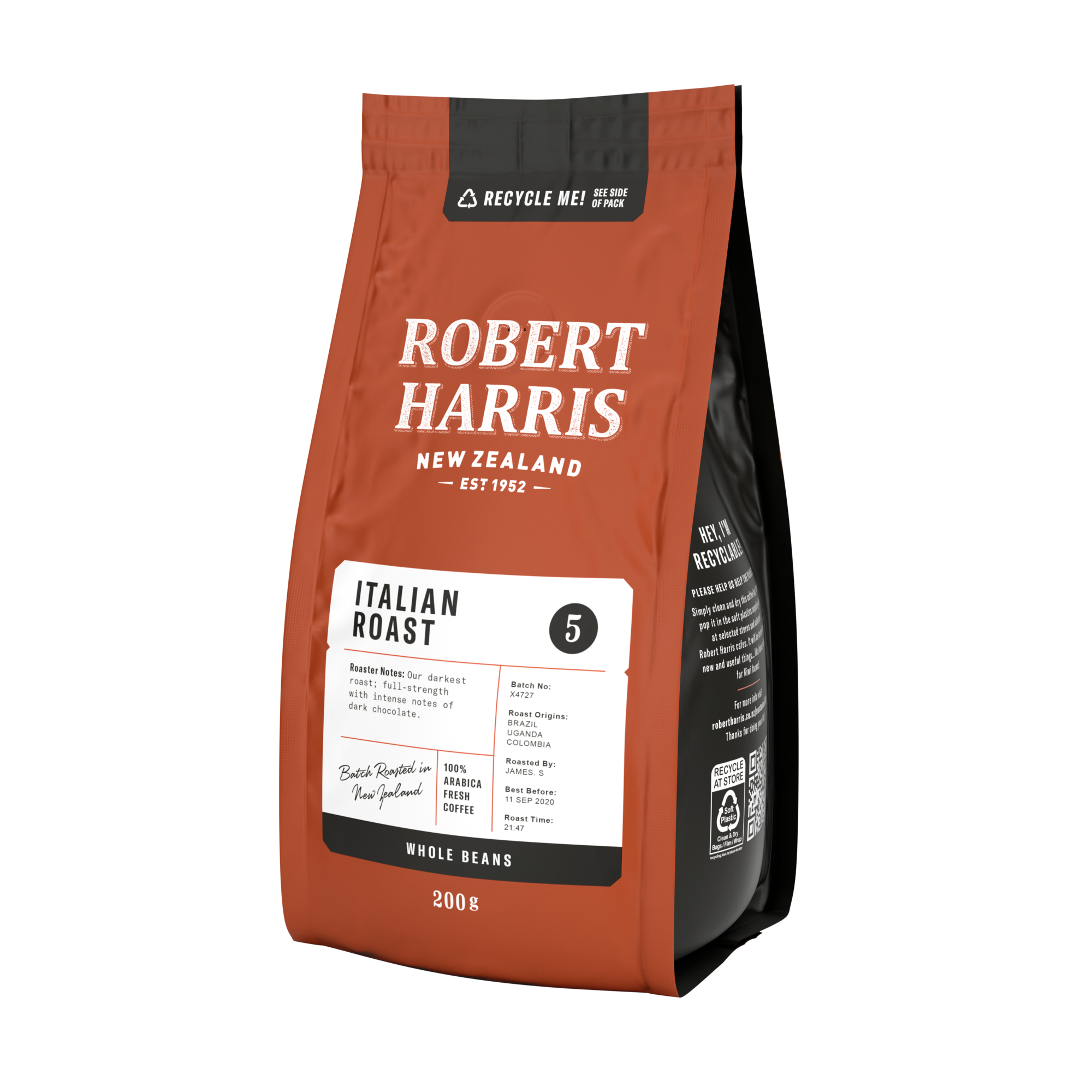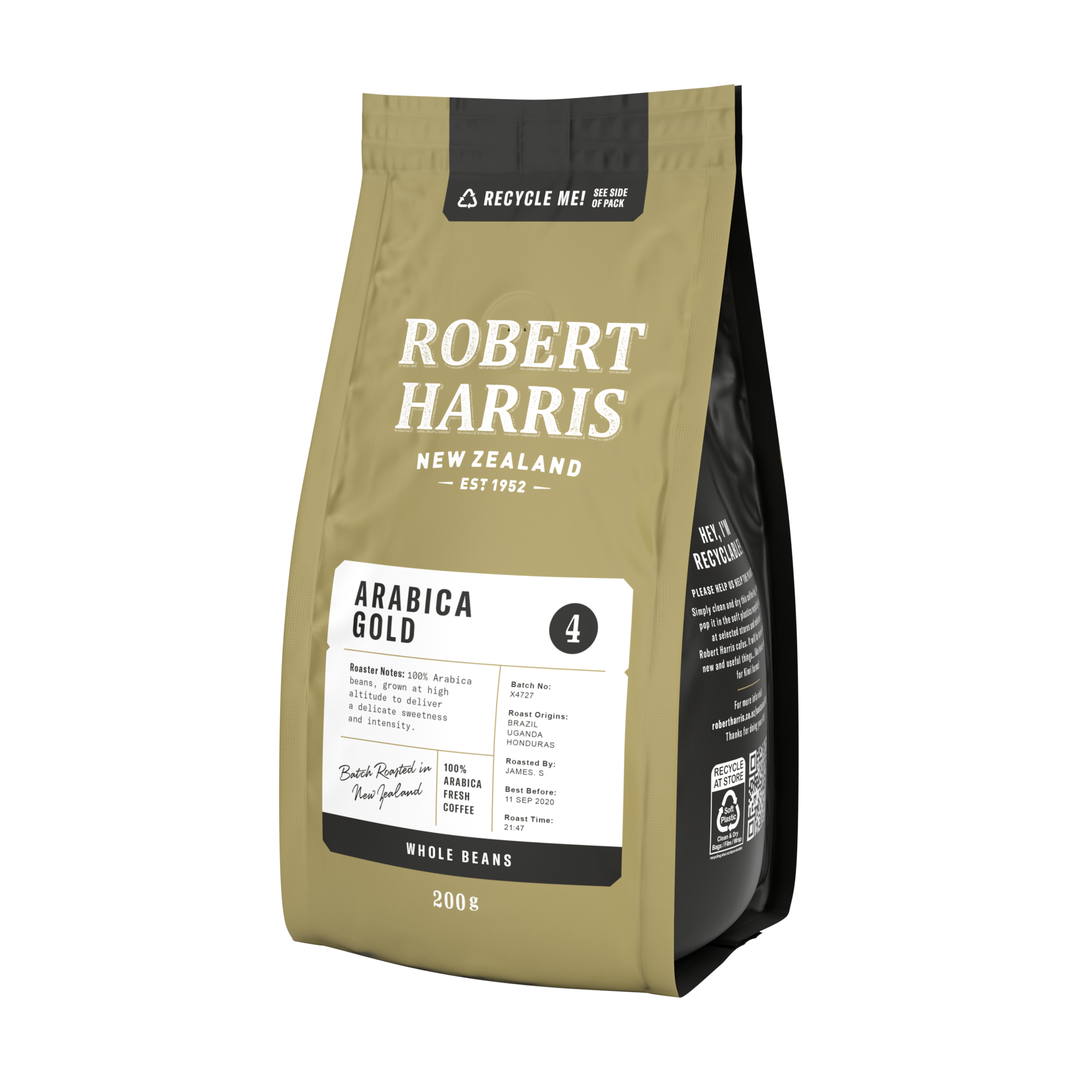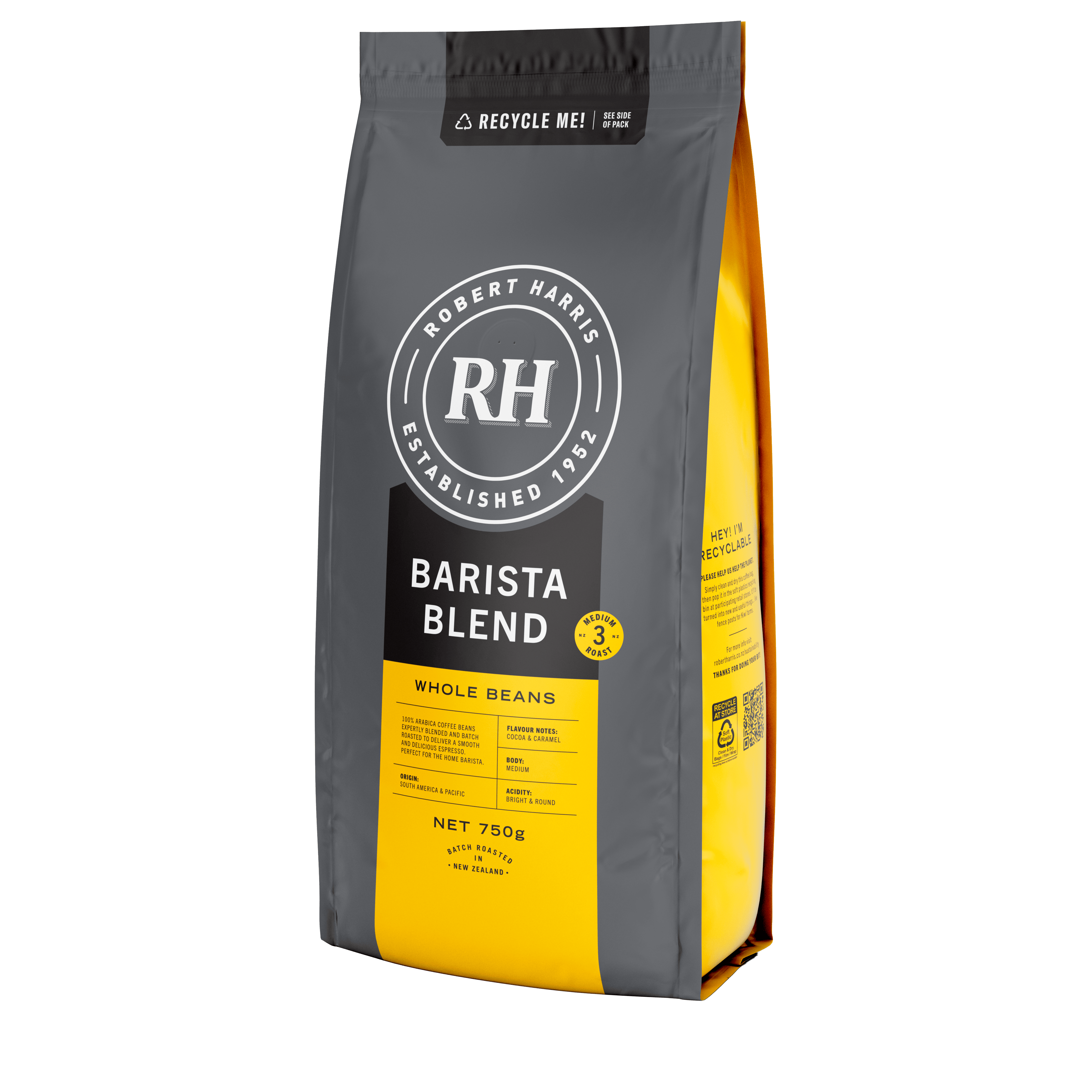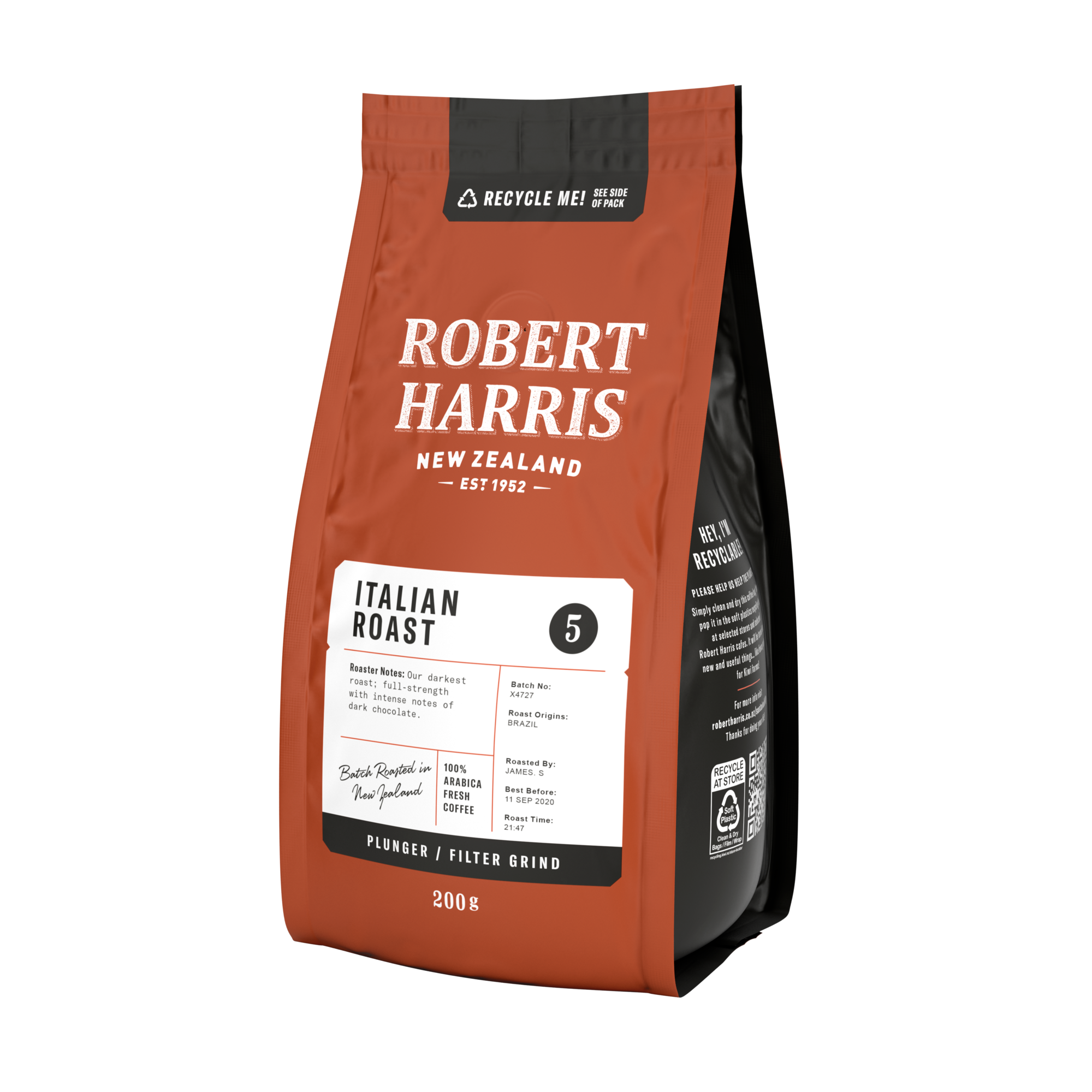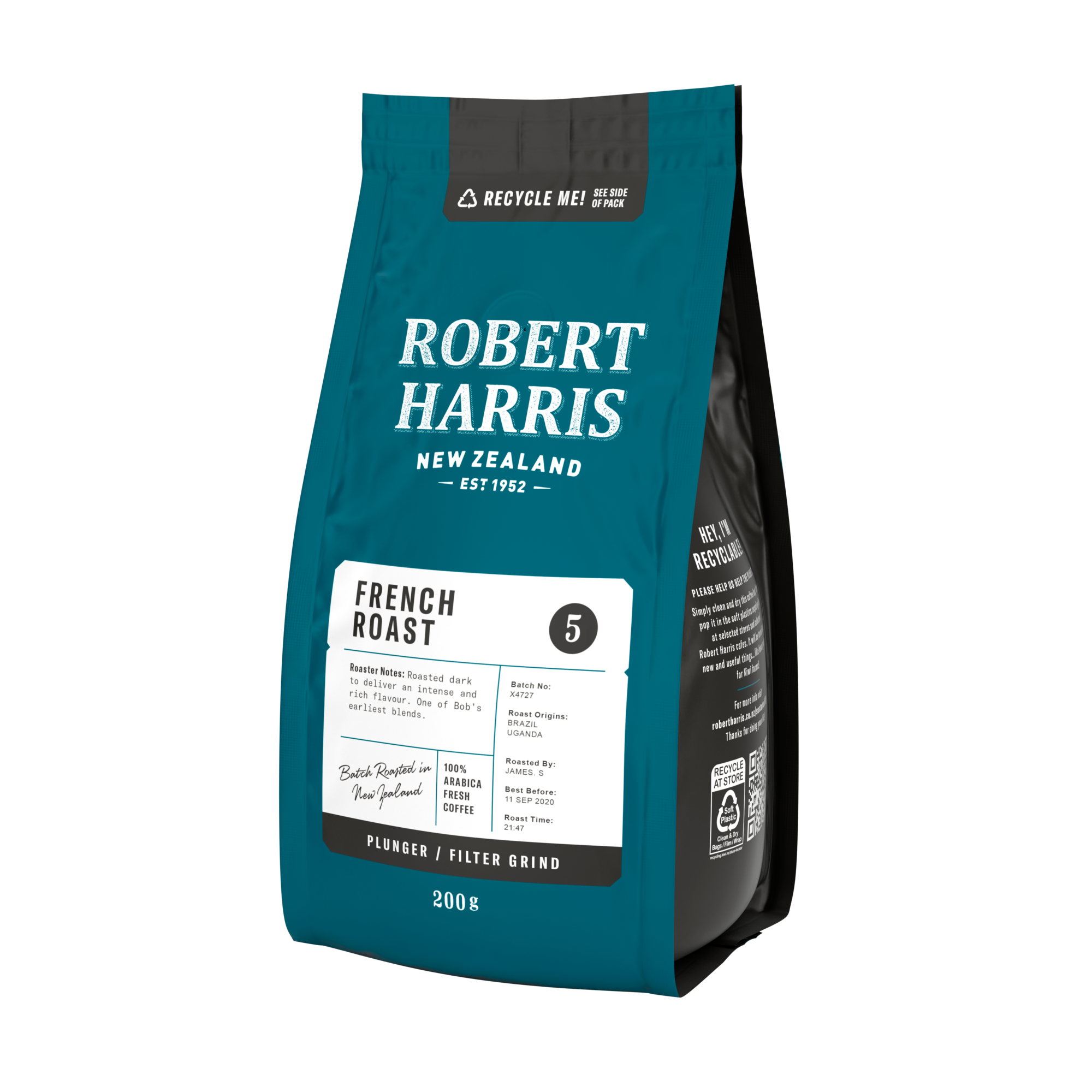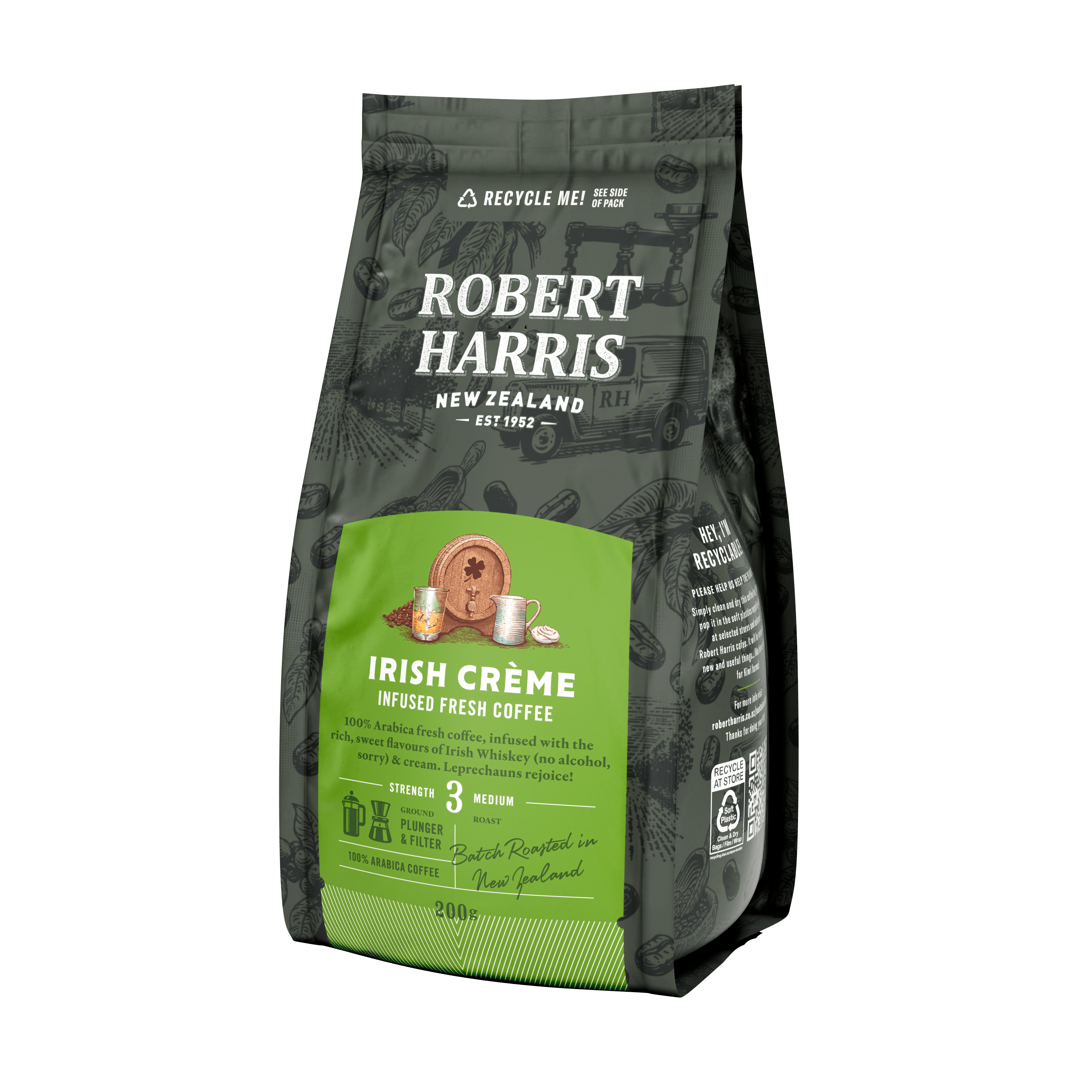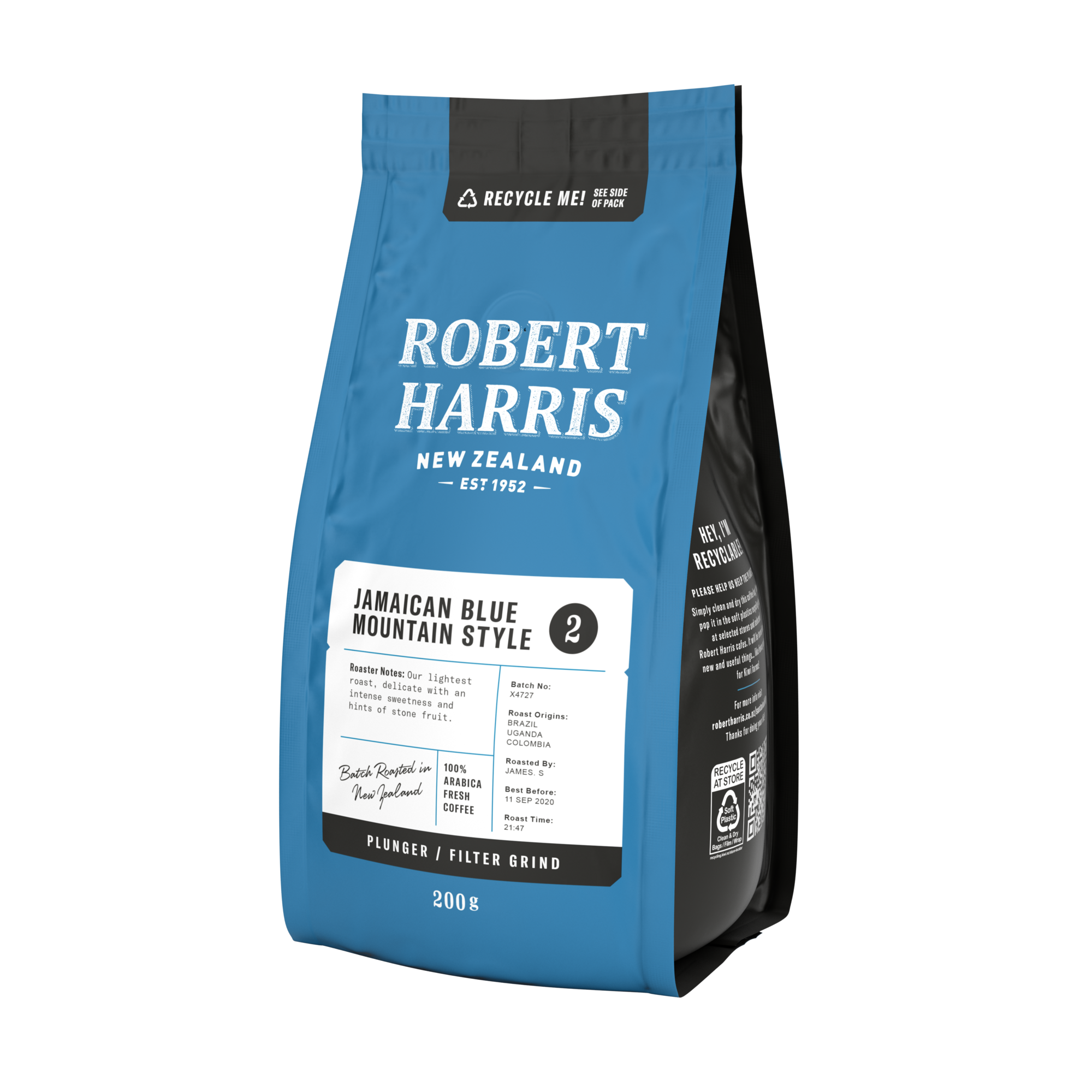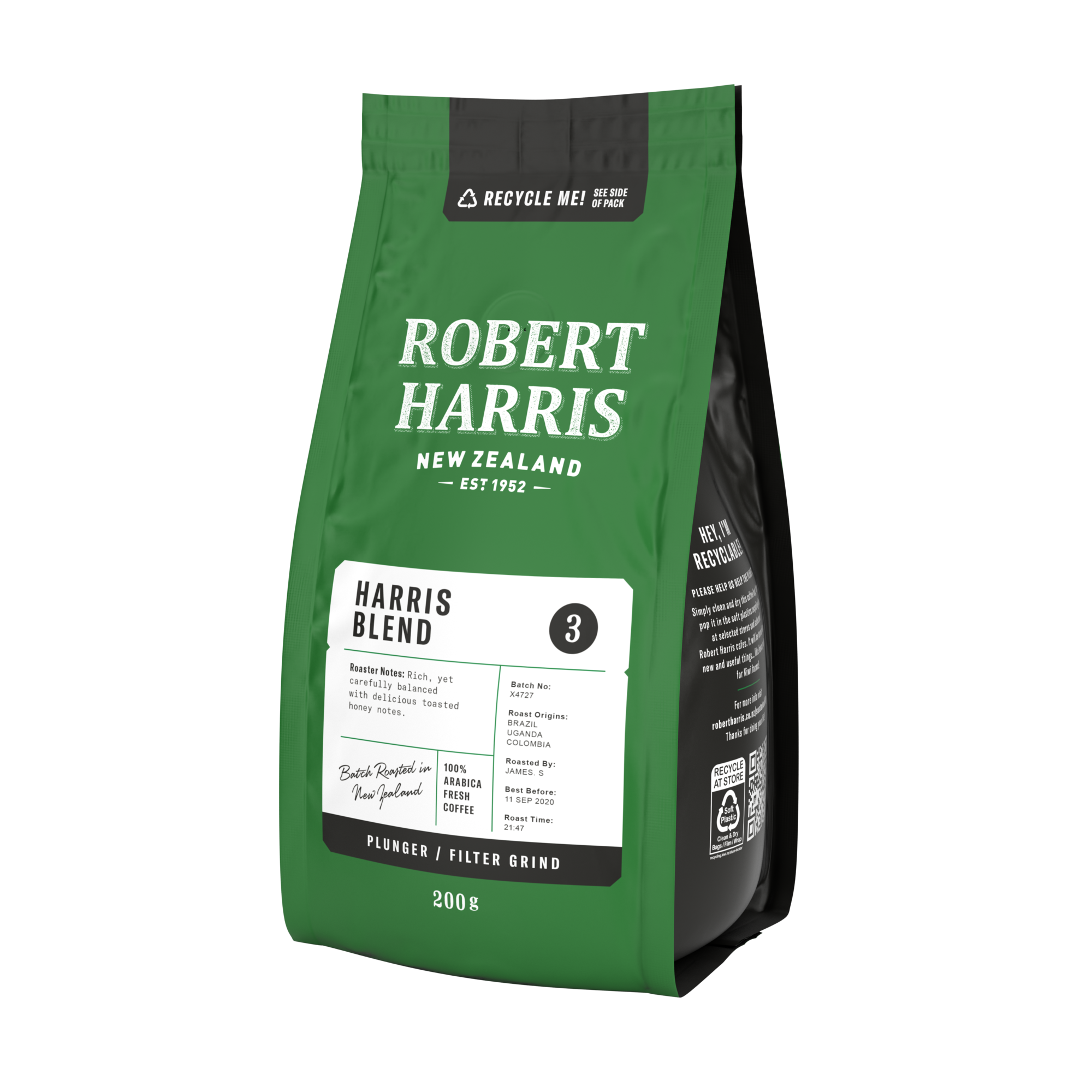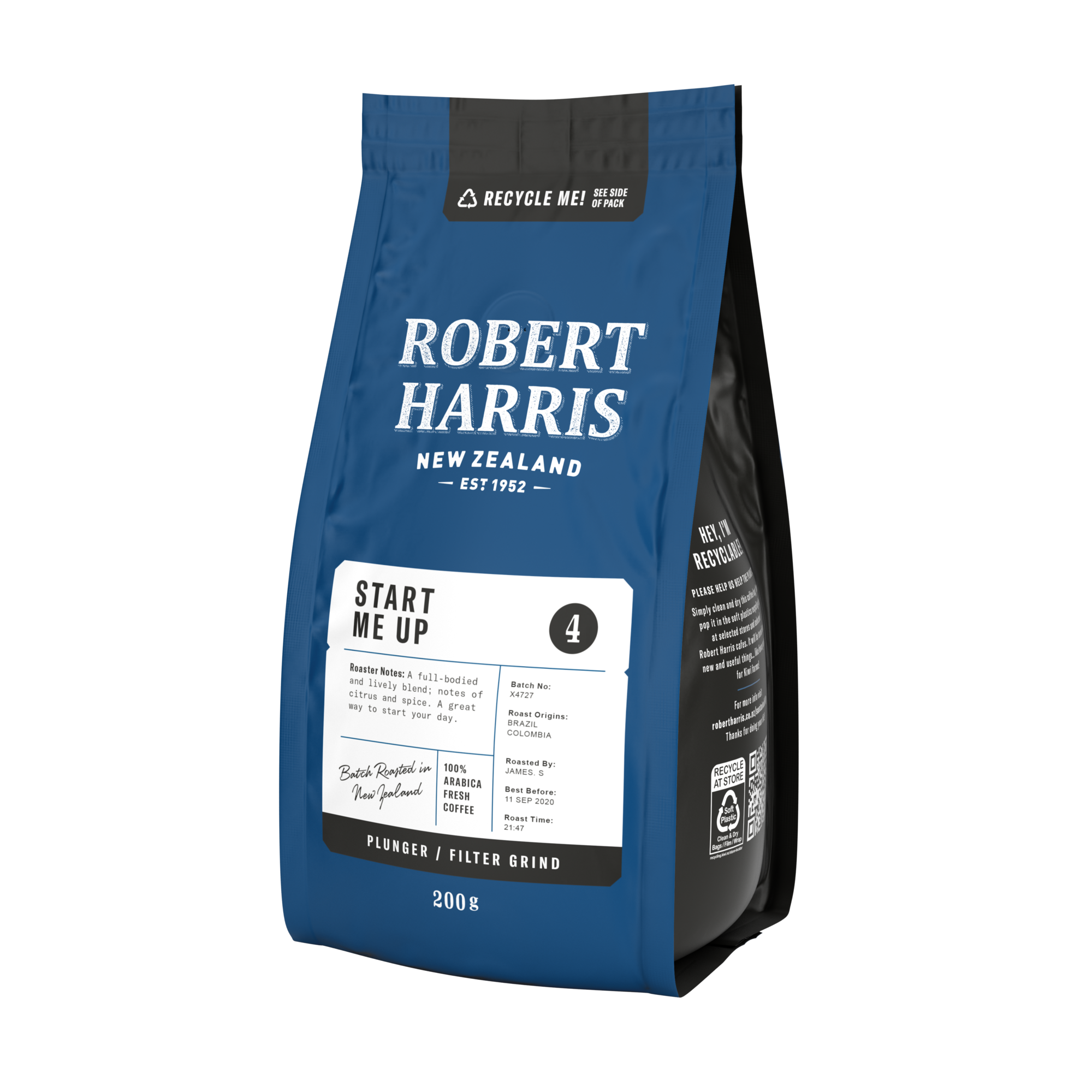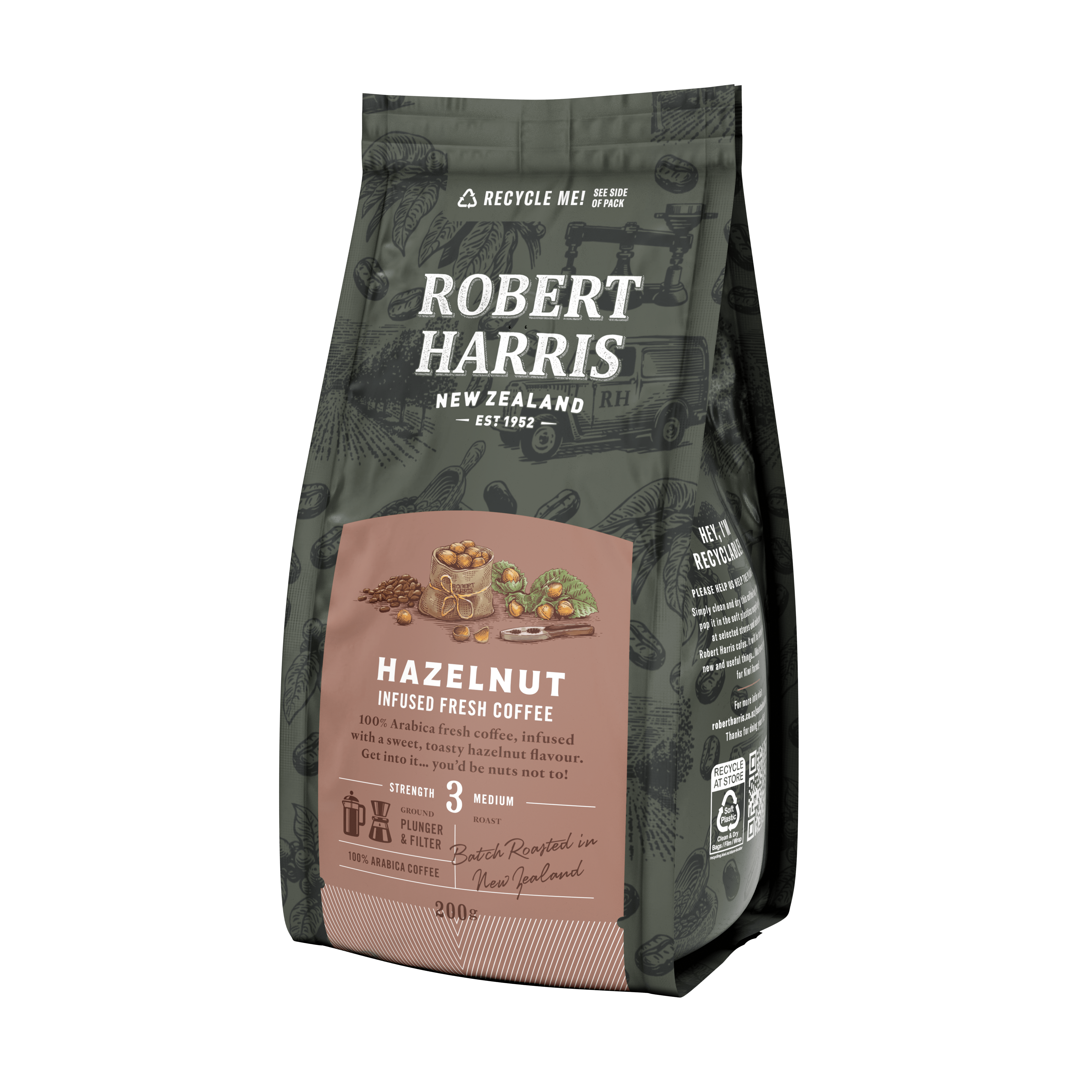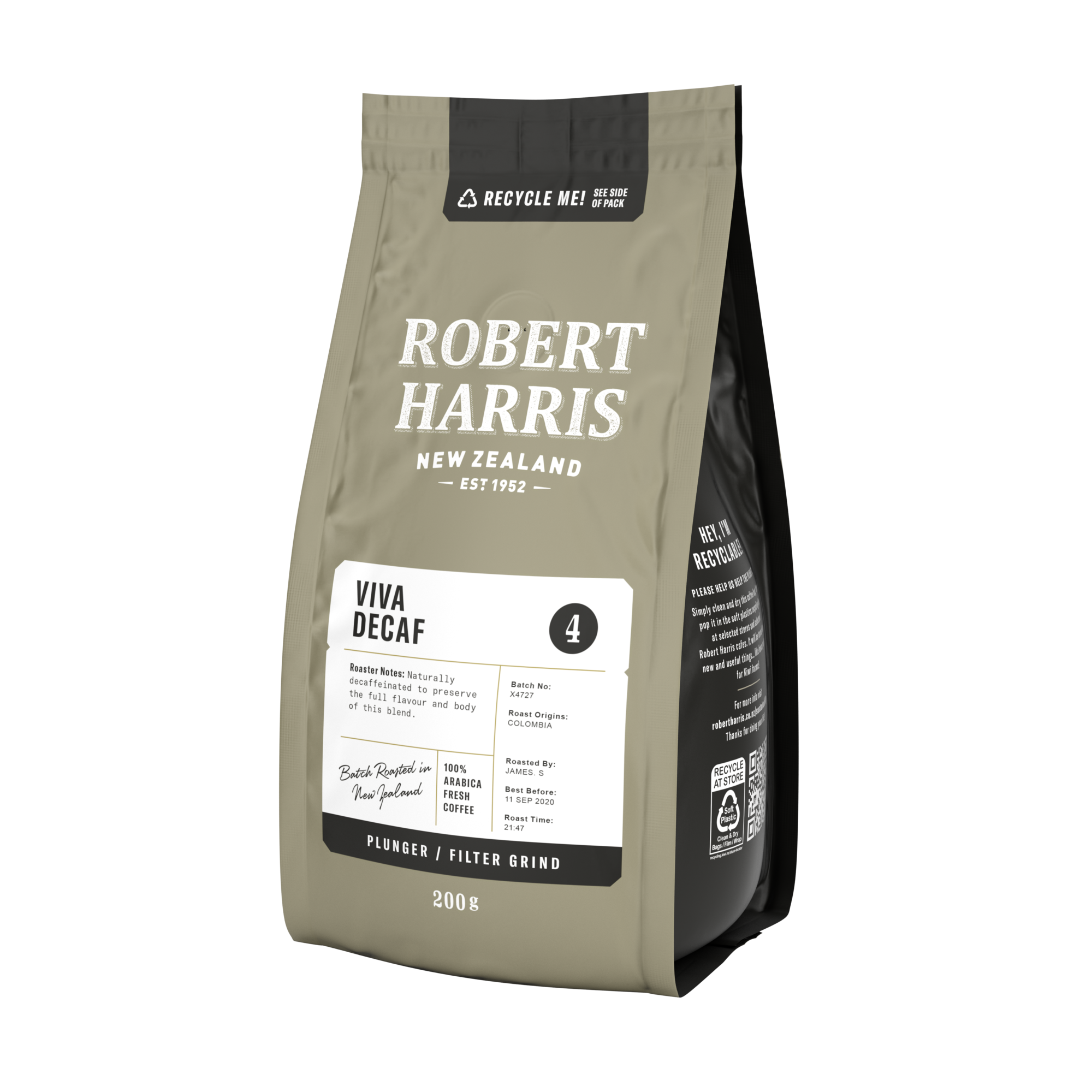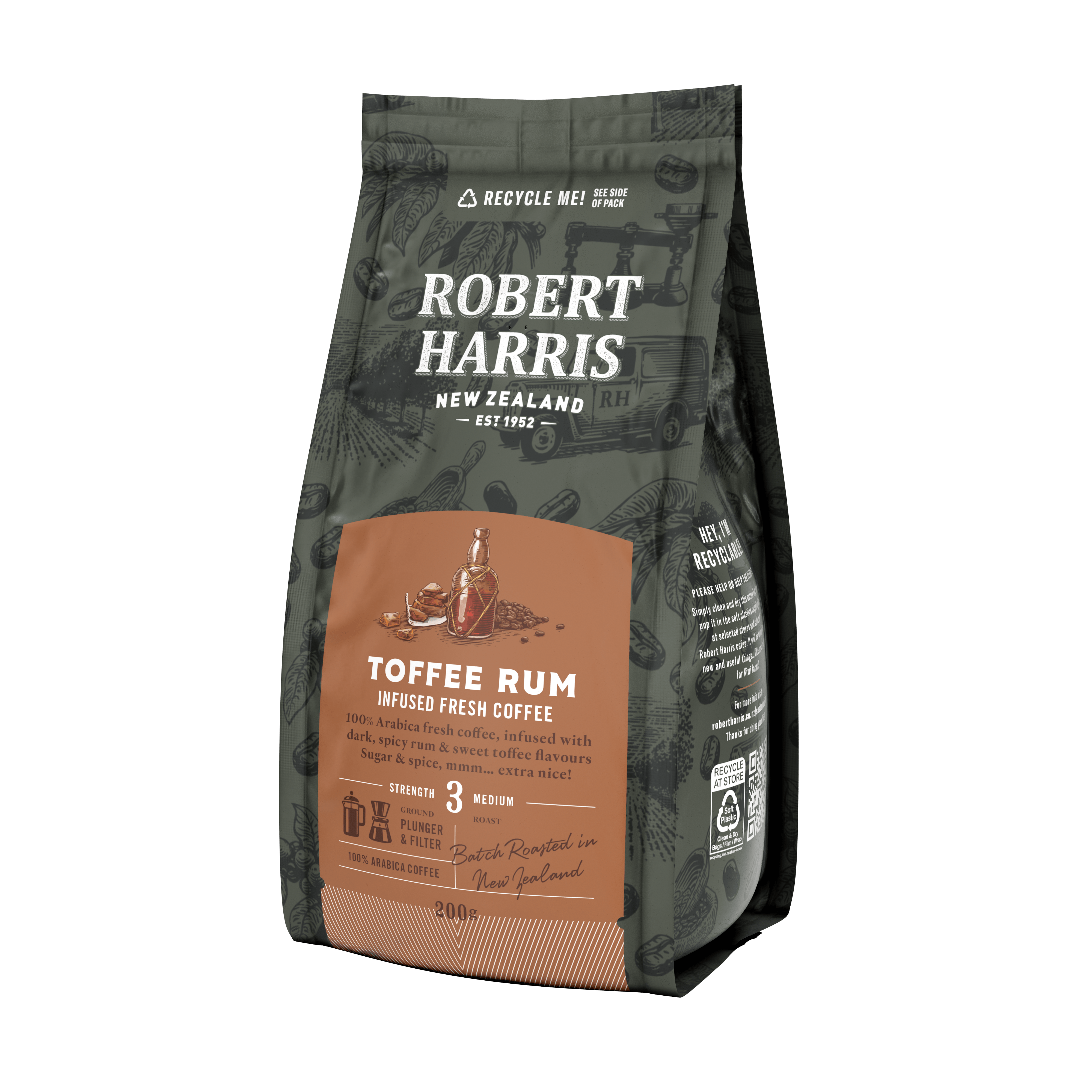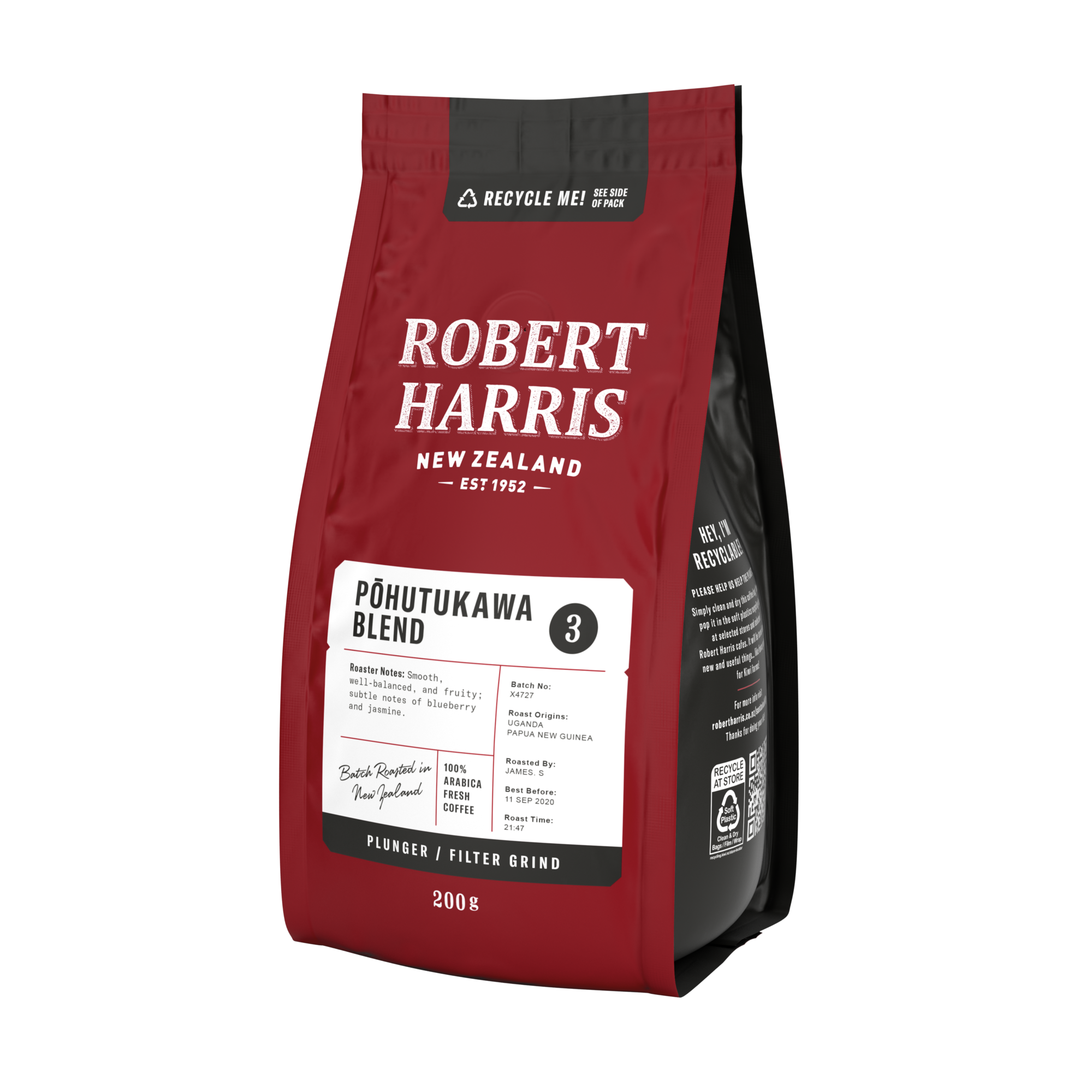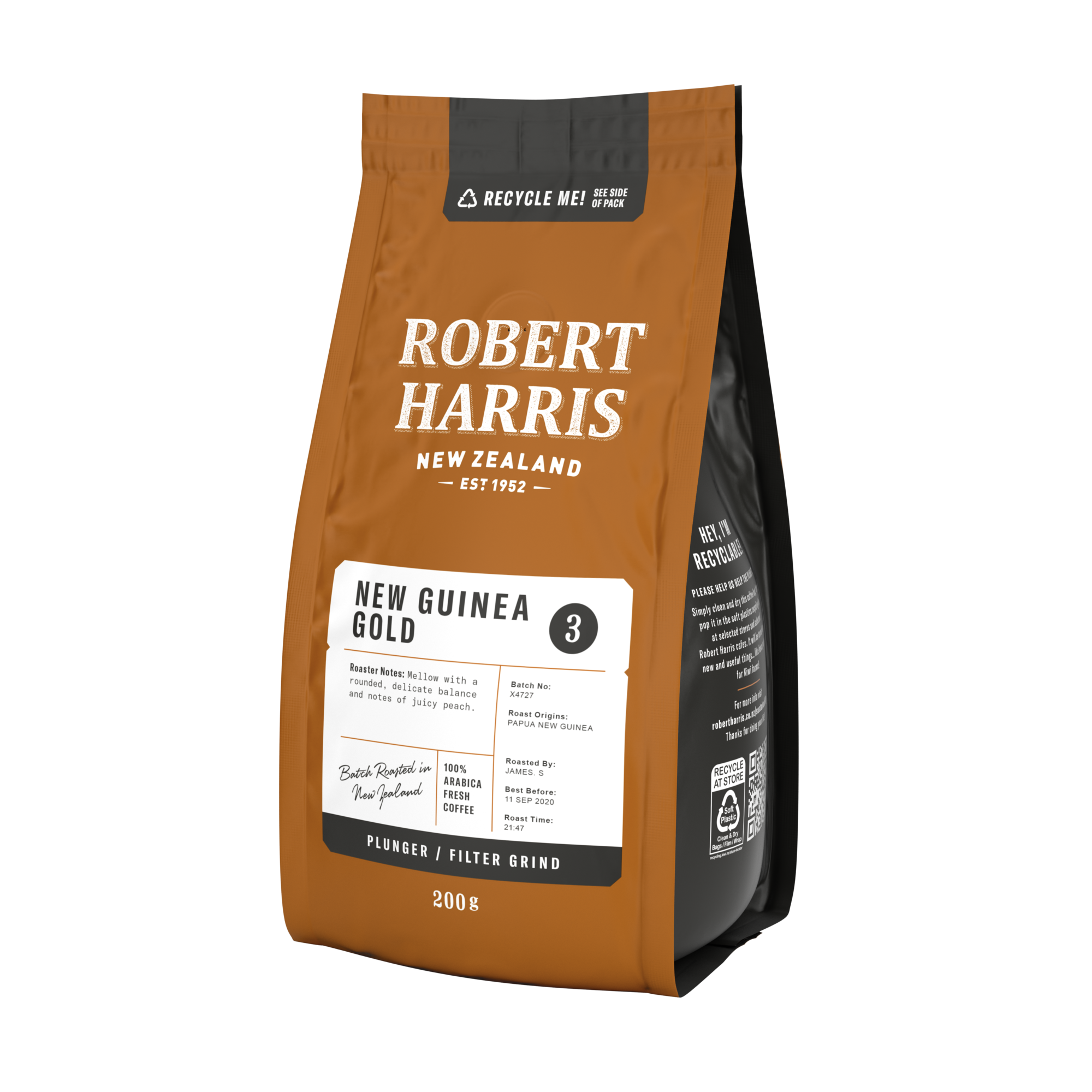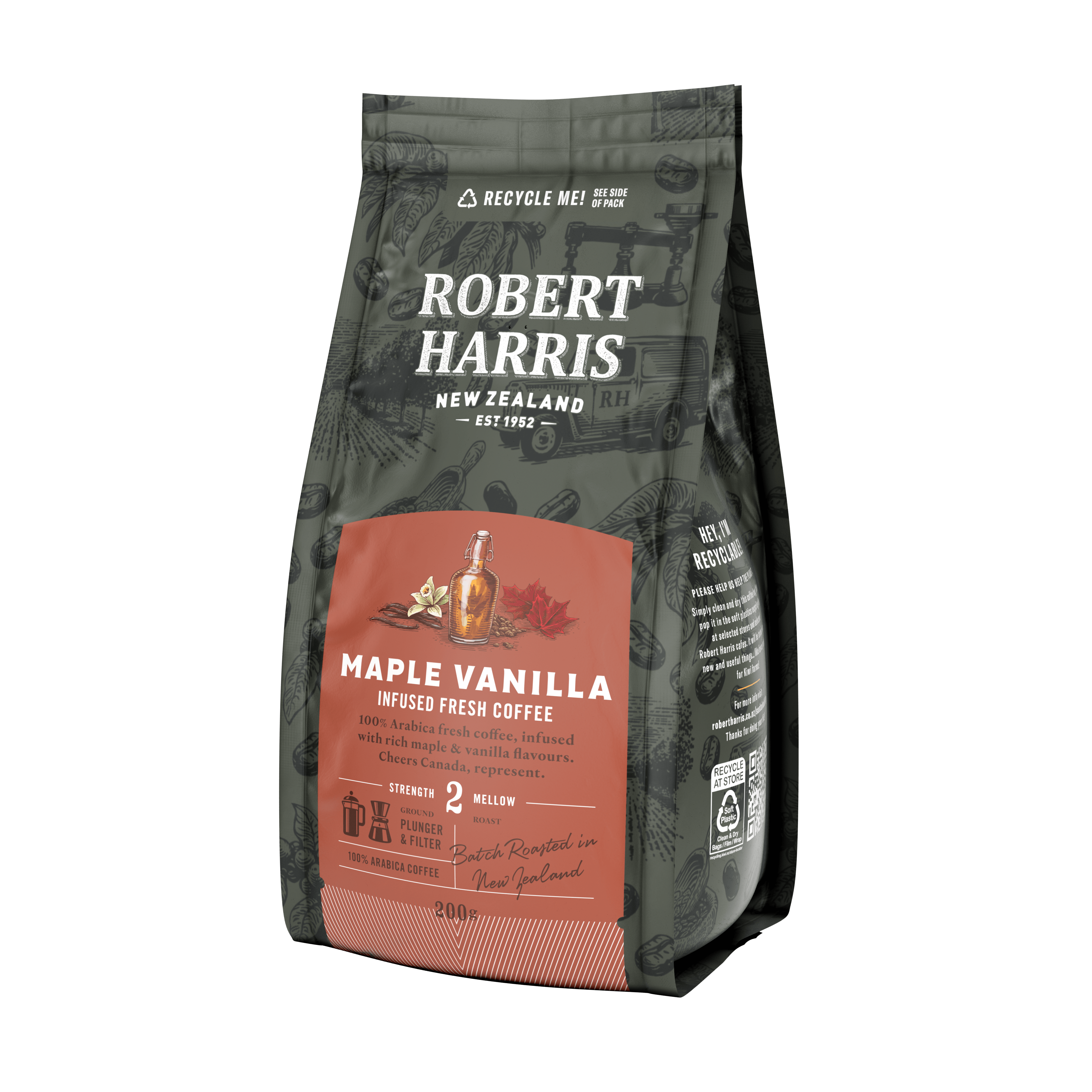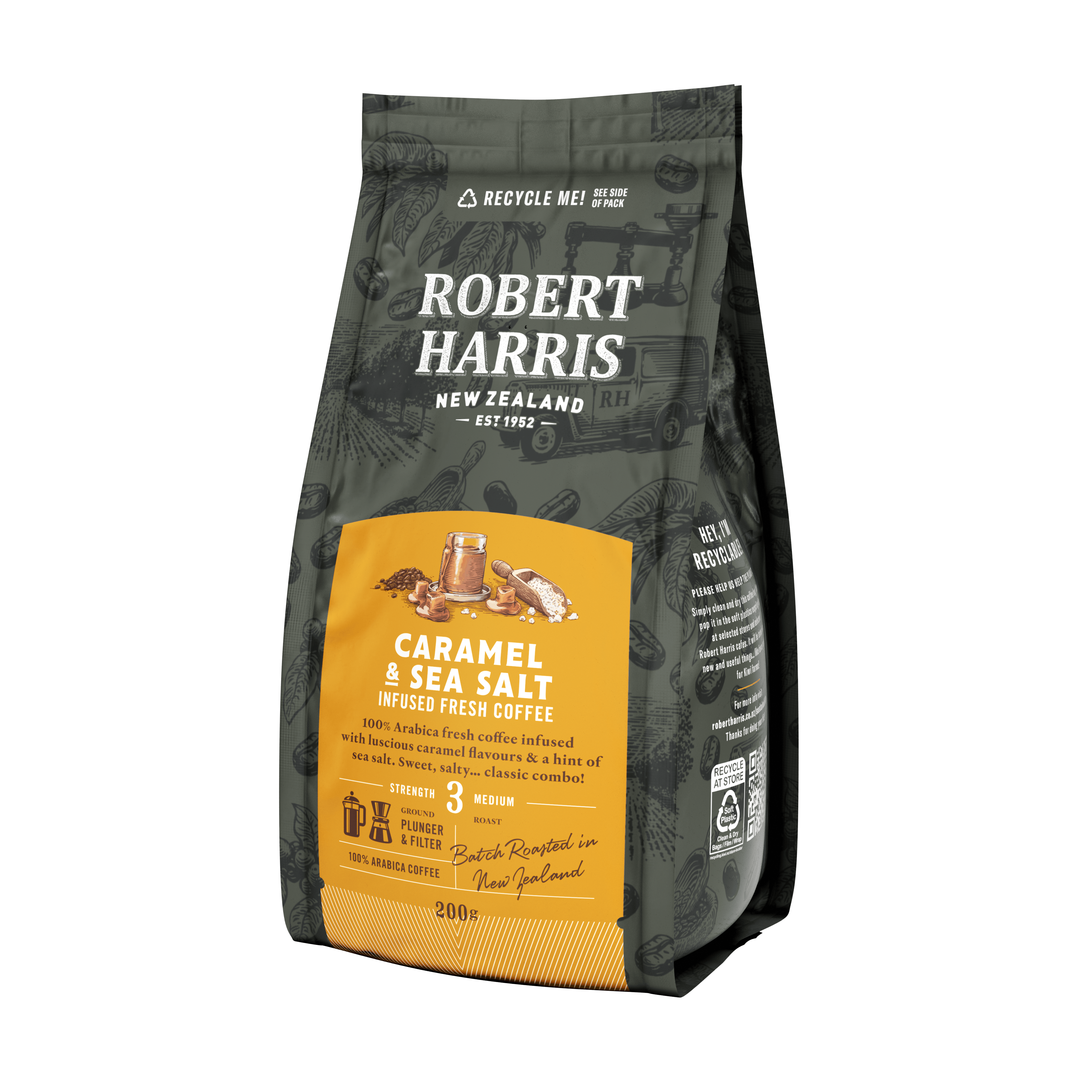Here are a few simple steps to making sure you get the best out of your Robert Harris plunger coffee.



Crafting The Perfect Coffee
Taking the PLUNGE
What You Need
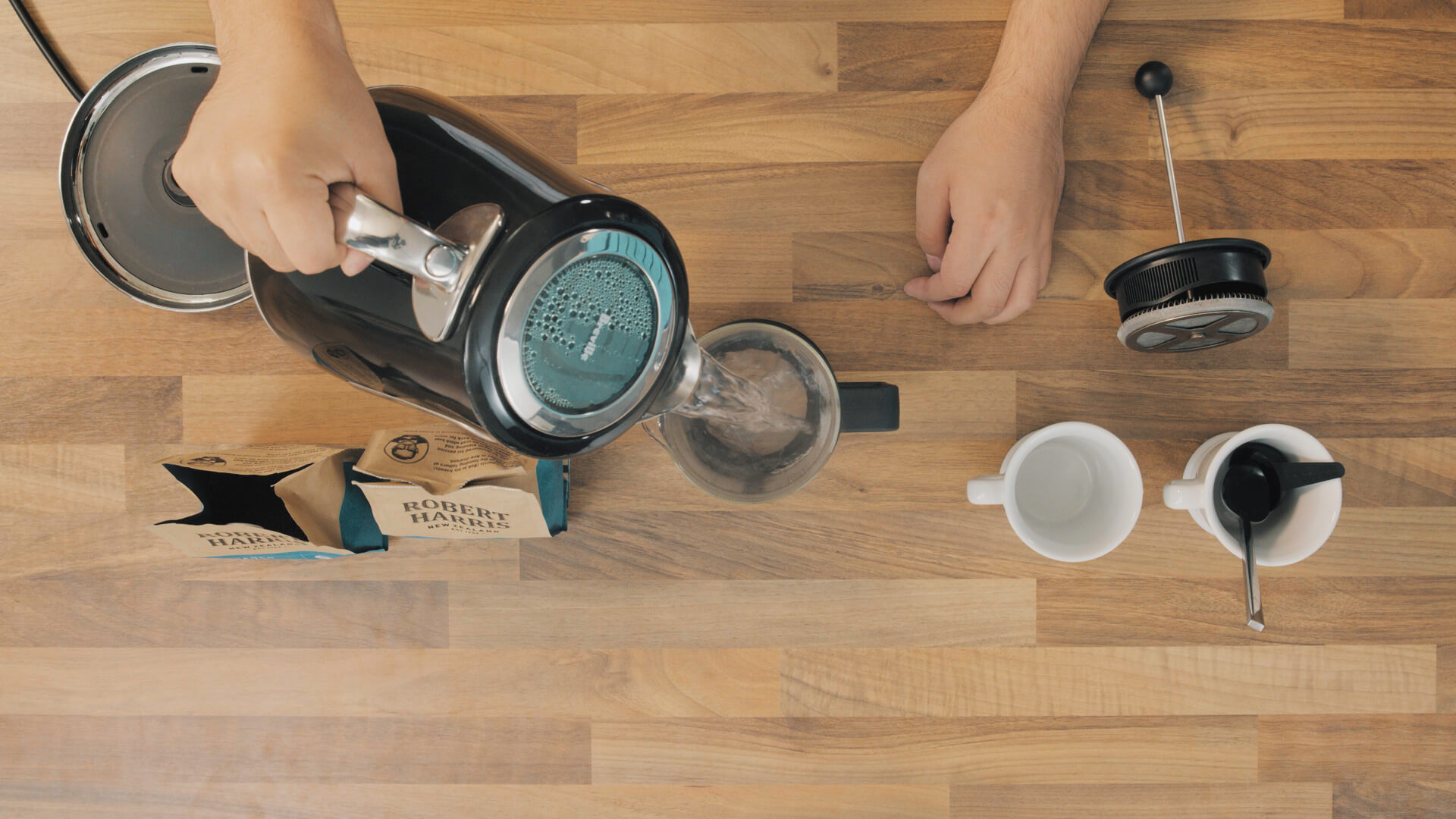
1. Coffee Plunger
2. Robert Harris Plunger Filter Coffee
3. Wooden Spoon
Explore Our Products
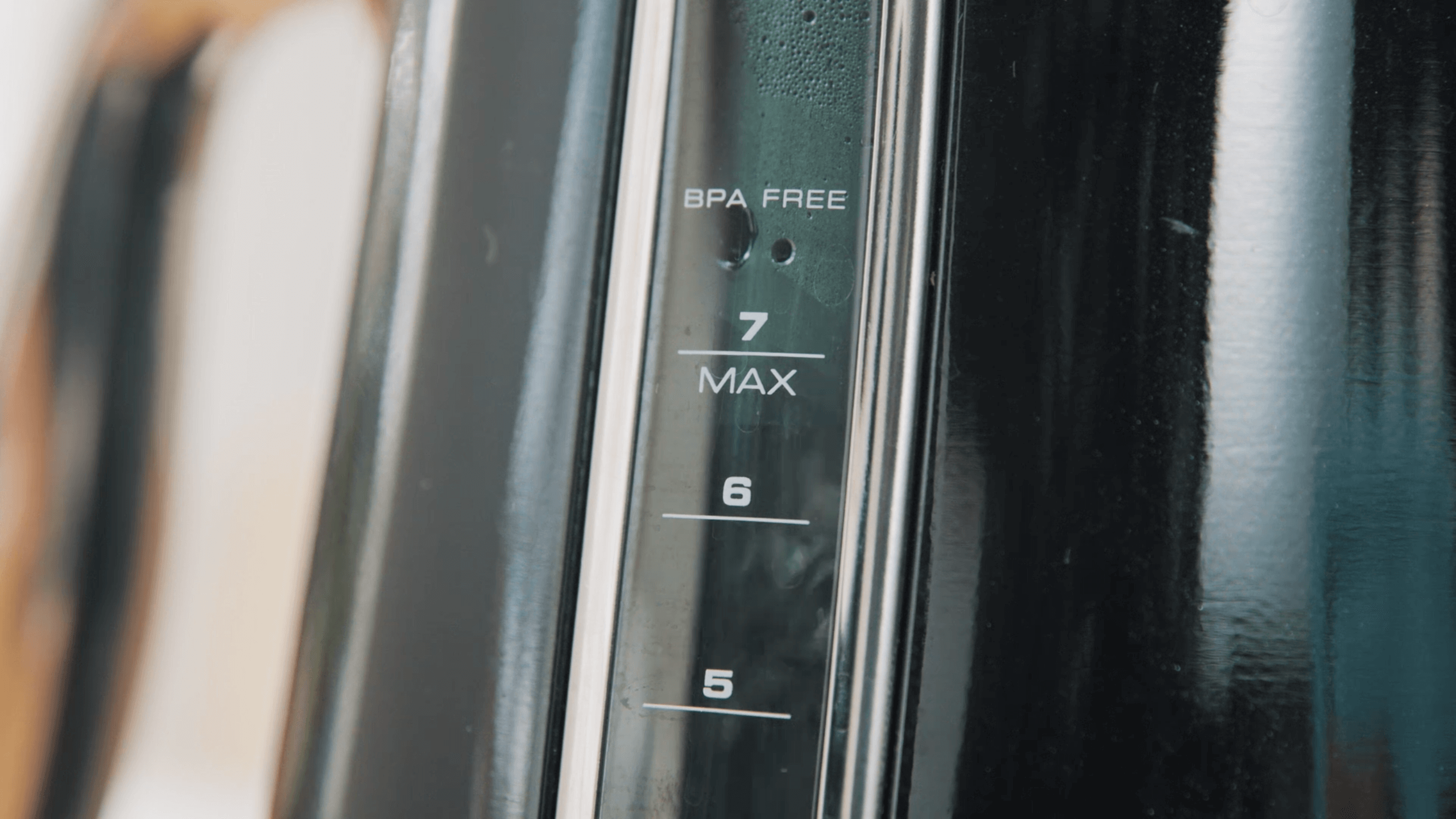
1. Shut your kettle off JUST BEFORE it comes completely to the boil.
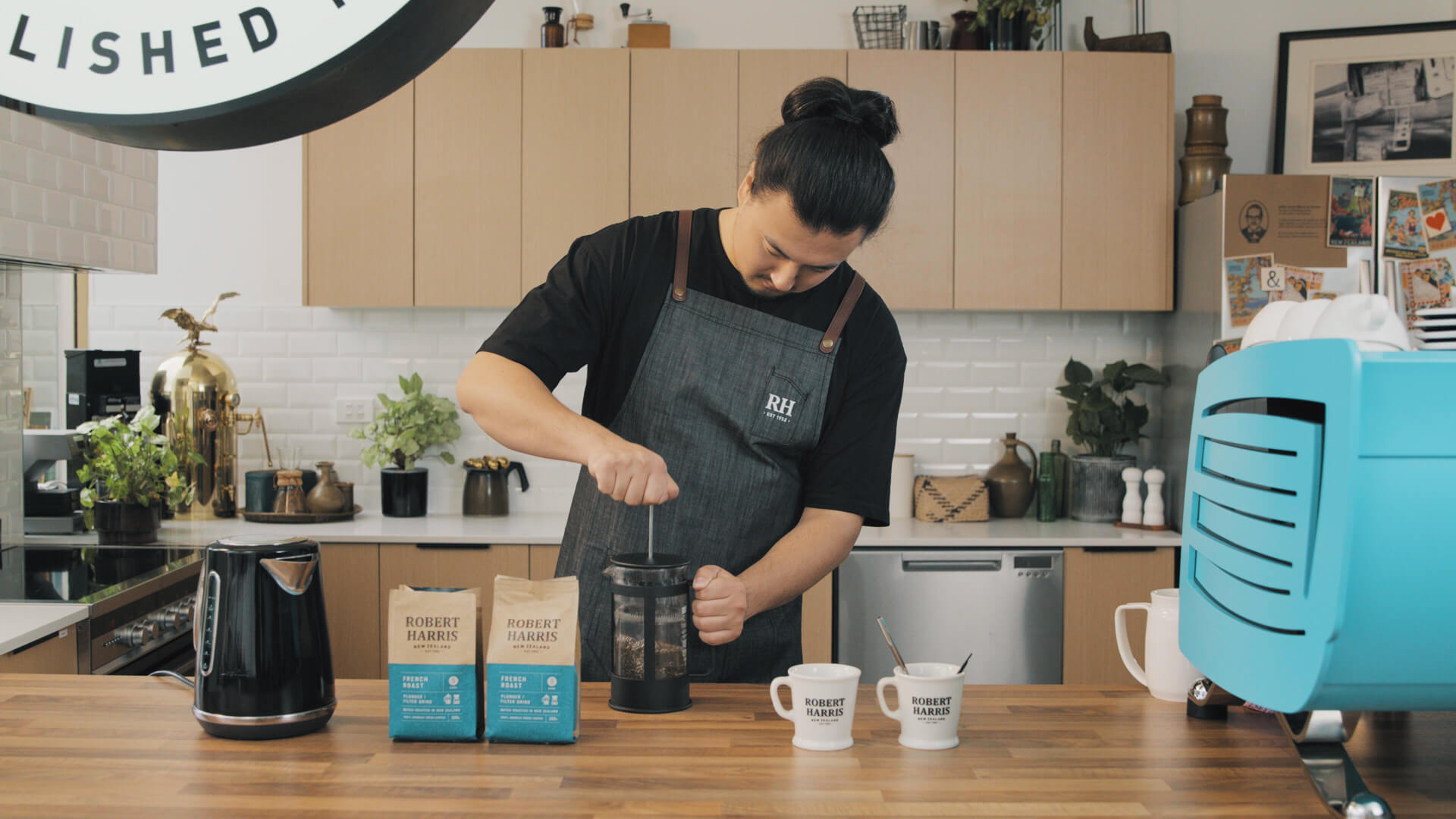
2. One third fill your plunger with hot water, plunge a few times, and then discard the water. This will clean and heat the plunger.

3. Add one heaped dessertspoon of plunger ground coffee per cup.
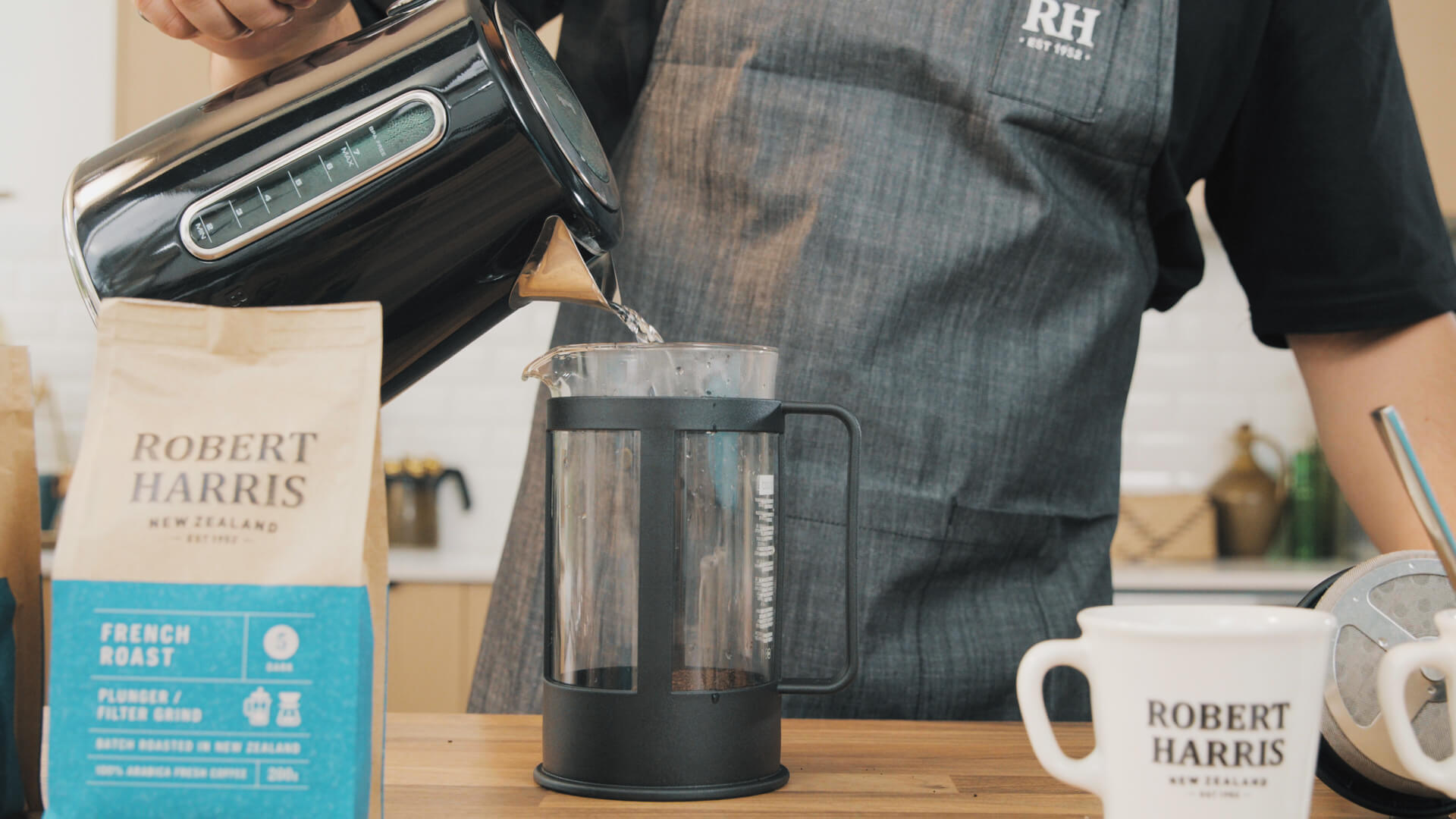
4. Pour hot water slowly and evenly over the grounds. The coffee will form a cap on the top, and bubbles will form as the aromatic oils & gases are released.
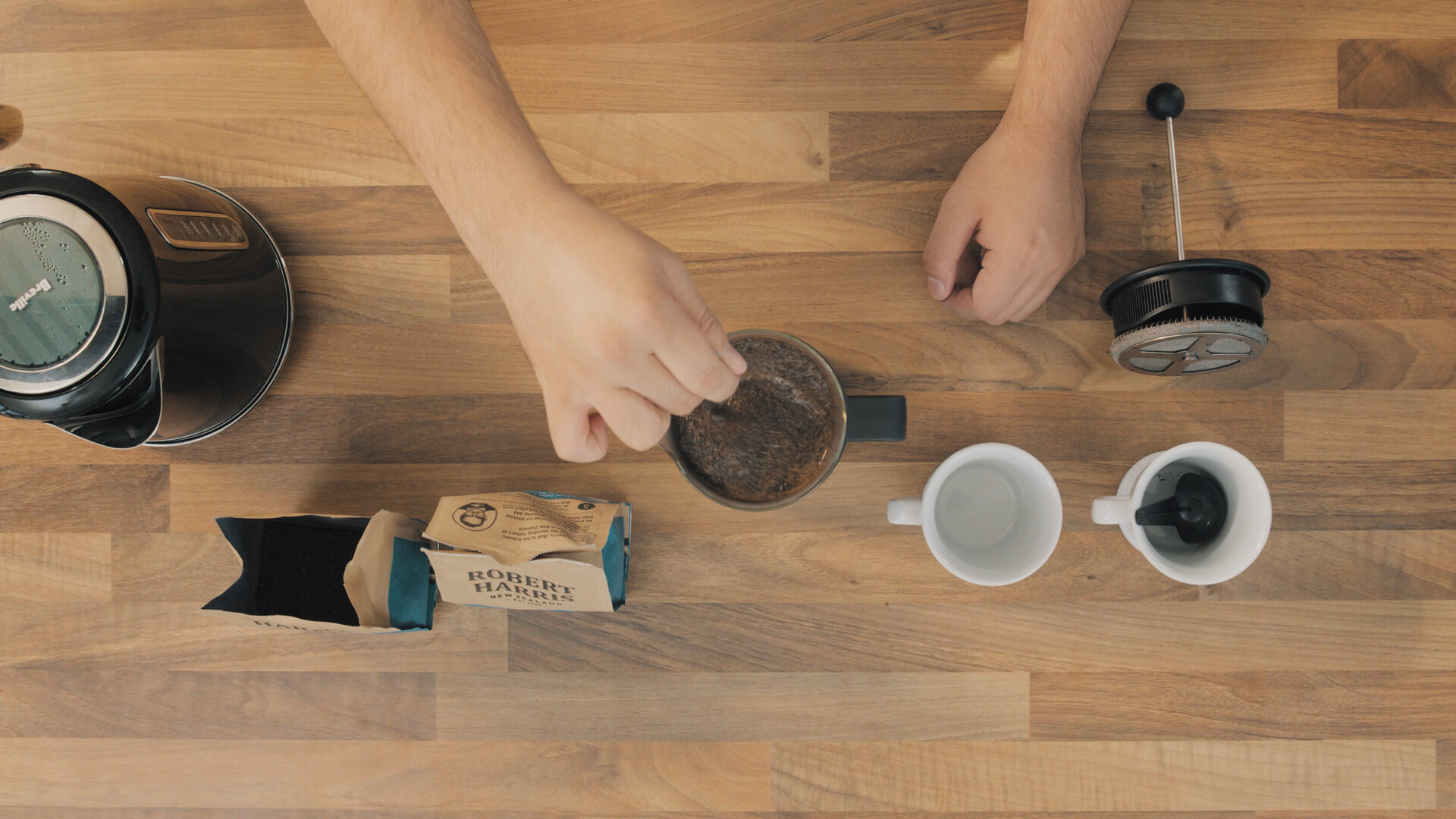
5. Stir the coffee a few times with a spoon, to maximise contact between the water and coffee and to release as much flavour as possible.
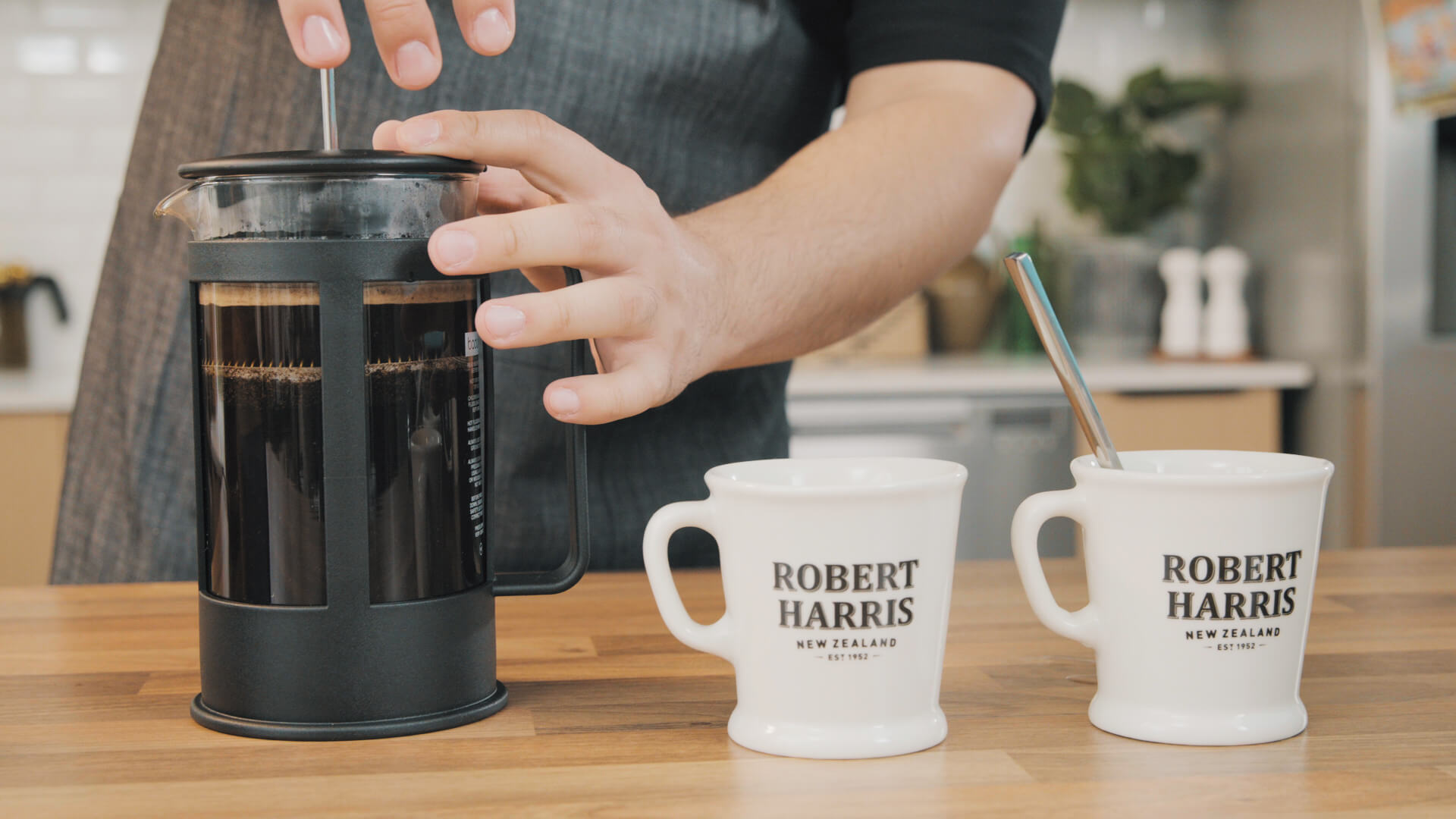
6. Allow the coffee to brew for 4 minutes, then plunge & serve immediately.
Plunger is a gentle extraction, so you'll enjoy a wider array of flavours. Enjoy.
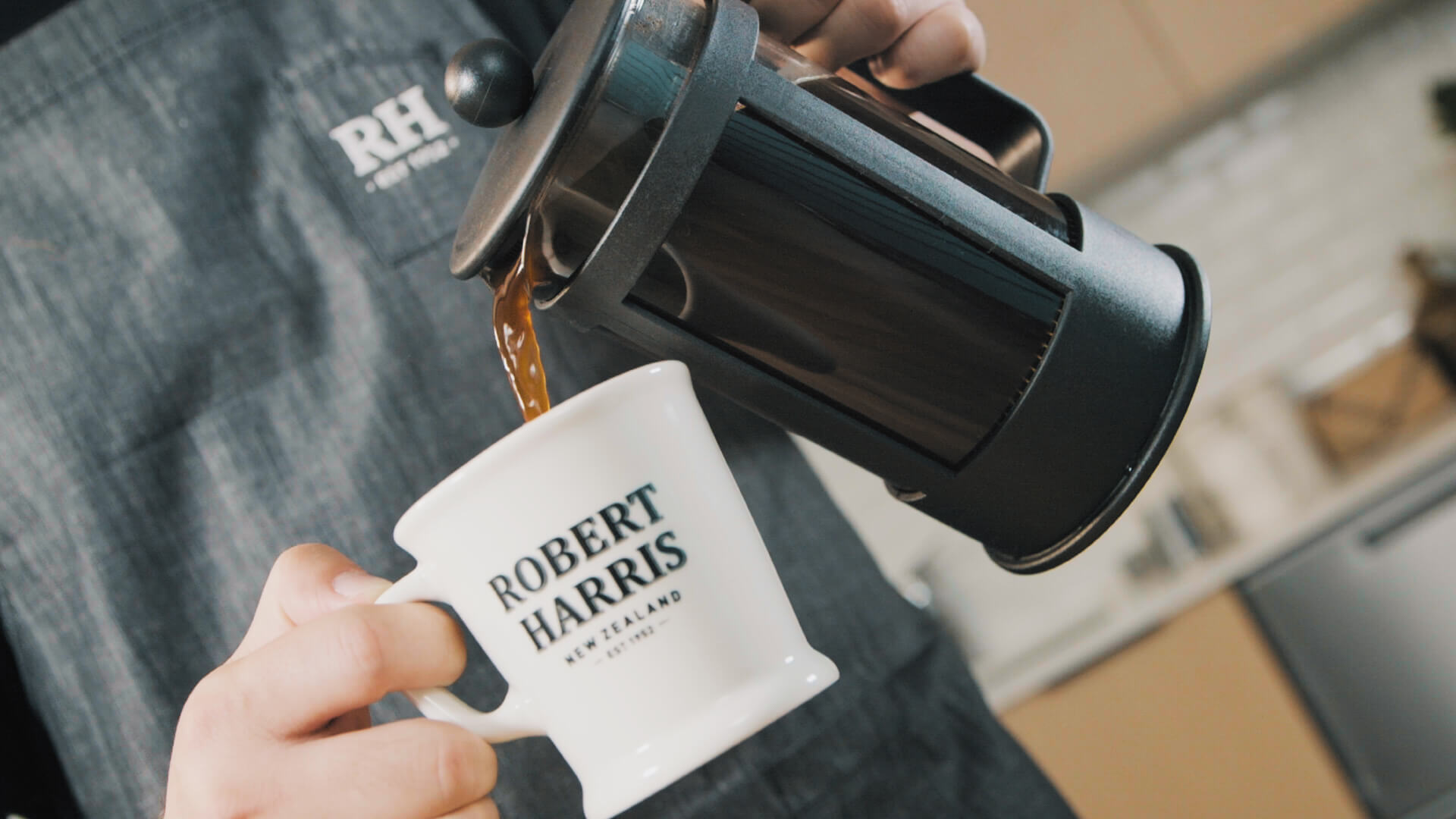
TIP: A plunger requires very coarsely ground coffee - like the texture of raw sugar. Either grind beans to the right texture or use one of our Robert Harris plunger filter blends. If the coffee is too fine, the grounds will pass through the mesh, and the coffee will have a bitter, burnt flavour.
Coffee becomes more bitter the longer it brews. Only brew as much as you think you'll drink and if you prefer a stronger cup, use more ground coffee at the start of the process
COFFEE FAQS
Oxygen, moisture, heat and light are the enemies of fresh coffee. Exposure to these elements will cause your coffee to taint or become stale. Always store your coffee in an airtight container in a cool, dark place - but not in your fridge or freezer.
If you grind your own beans, only grind what you need to make a coffee. Ground coffee that isn't stored properly will go stale.
The function of the one-way Aroma Fresh Valve™ on the packs is to let carbon dioxide out and prevent oxygen from entering the pack. When whole coffee beans are roasted carbon dioxide is released. This continues to be released from the beans for 48 hours after roasting.
To enable the freshly roasted beans to be packed as soon as possible after roasting without the packet swelling and bursting, a valve is utilised to retain aroma and to ensure optimum freshness.
Grind choice is extremely important. Using a plunger grind in an espresso machine will mean you have a watery and weak coffee. If you use an espresso grind in a plunger you will find it hard to plunge and it is likely you will end up with grits and grinds in your coffee cup.
Espresso ground coffee is extremely fine and is designed to have the water passed through under pressure in a matter of 20-30 seconds. A plunger grind is coarse and designed to brew for 4 minutes. The coarse grind also means that when you plunge the coffee the water can freely pass through the coffee.
A Flat White is a single shot of coffee topped with velvety milk creating a 5-8mm cap.
A Caffe Latte is a double shot of coffee (or single shot) topped with velvety milk creating a 6-10mm cap. Traditionally served in a glass.
It is recommended to use water that is just off the boil. This means either 30-60 seconds after it has boiled, or turn the jug off just before it has boiled. Boiling water can burn the beans.
The beauty of these plunger bags is they will suit any occasion. Each plunger bag makes two cups, and multiple bags can be placed in the plunger.
So if you have a 6 cup plunger, place 3 x plunger bags in the plunger and add 4 ½ - 6 cups of water depending on strength preference and cup size.
We recommend placing no more than 3 bags per plunger.
